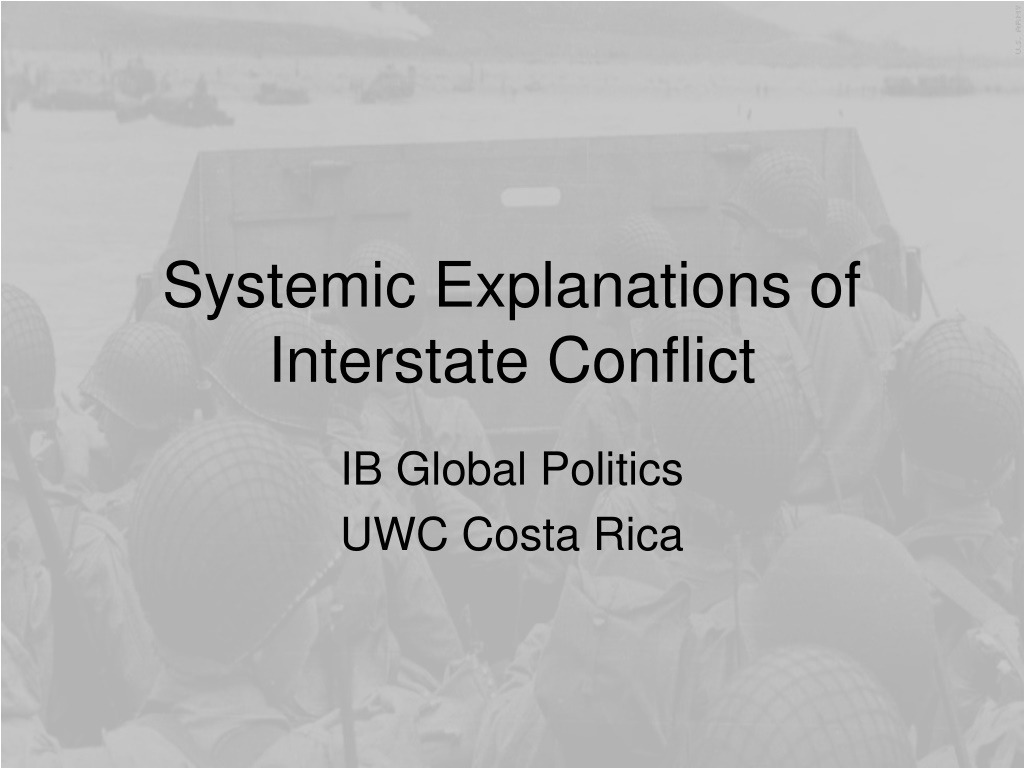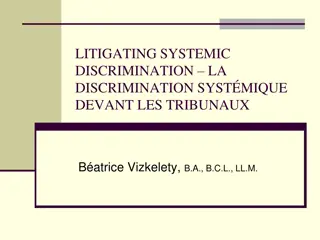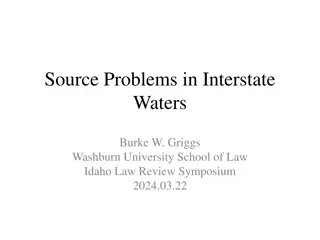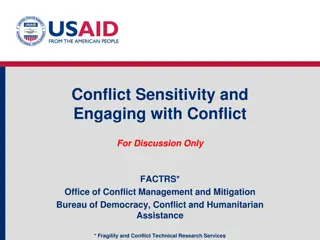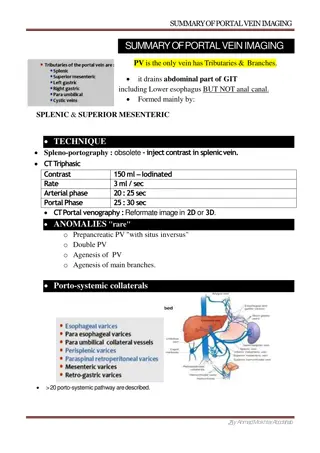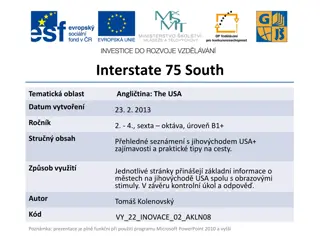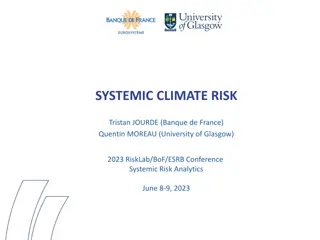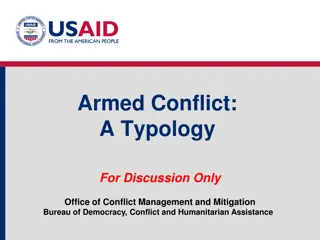Systemic Explanations of Interstate Conflict
The systemic level of analysis in global politics explores how international structures influence war between states. Anarchy, polarity, and interdependence are key structural factors impacting interstate conflict. Realism emphasizes anarchy and polarity, highlighting aggressive postures and power distribution as contributors to conflict. In contrast, liberalism underscores interdependence, arguing that intertwined relationships deter states from resorting to war as a policy tool.
Download Presentation

Please find below an Image/Link to download the presentation.
The content on the website is provided AS IS for your information and personal use only. It may not be sold, licensed, or shared on other websites without obtaining consent from the author.If you encounter any issues during the download, it is possible that the publisher has removed the file from their server.
You are allowed to download the files provided on this website for personal or commercial use, subject to the condition that they are used lawfully. All files are the property of their respective owners.
The content on the website is provided AS IS for your information and personal use only. It may not be sold, licensed, or shared on other websites without obtaining consent from the author.
E N D
Presentation Transcript
Systemic Explanations of Interstate Conflict IB Global Politics UWC Costa Rica
The Basics The system, or structural, level of analysis points to characteristics of the international system as the root of war between states. Systemic explanations of war posit that international structures can create consequences that are not intended by any of their constituent actors. In other words, states may go to war because of the nature of the international system, not because they themselves are warlike. International structures as an explanation of war are particularly important in realism and liberalism
Three structural factors Anarchy Polarity Interdependence Link to previous learning which of these factors would you associate with realism and which with liberalism? For each of these factors, suggest how they contribute to an explanation of interstate conflict.
Anarchy The international system is anarchic according to realists States are forced into adopting an aggressive posture for their own protection which leads to security dilemma Under anarchic conditions it is inevitable for wars to break out periodically However, this does not explain why some wars occur while others are averted Anarchy is a realist explanation for interstate conflict
Polarity Distribution of power in international system is another structural factor explaining likelihood of interstate conflict Polarity refers to number of power centres (poles in international system) unipolar (hegemonic), bipolar, multipolar etc. Theorists do not agree on which system of polarity is likely to lead to increased chance of conflict This is another realist explanation
Interdependence Liberal theory emphasizes the role of interdependence in the international system Liberalism argues that multiple channels across states facilitated by international organizations, transnational links among non-state actors, and the varied nonmilitary issues in which states and other actors have interests means that war becomes more costly and states are constrained from using war as a policy tool. In relationships that are characterized by a high degree of interdependence, the effects of an anarchical system that realists would expect are simply not seen.
Particularly among industrialized, pluralist countries, the perceived margin of safety has widened: Fears of attack in general have declined, and fears of attacks by one another are virtually nonexistent. . . . Canada s last war plans for fi ghting the United States were abandoned half a century ago. Britain and Germany no longer feel threatened by each other. Intense relationships of mutual infl uence exist between these countries, but in most of them force is irrelevant or unimportant as an instrument of policy [Add ref.]
